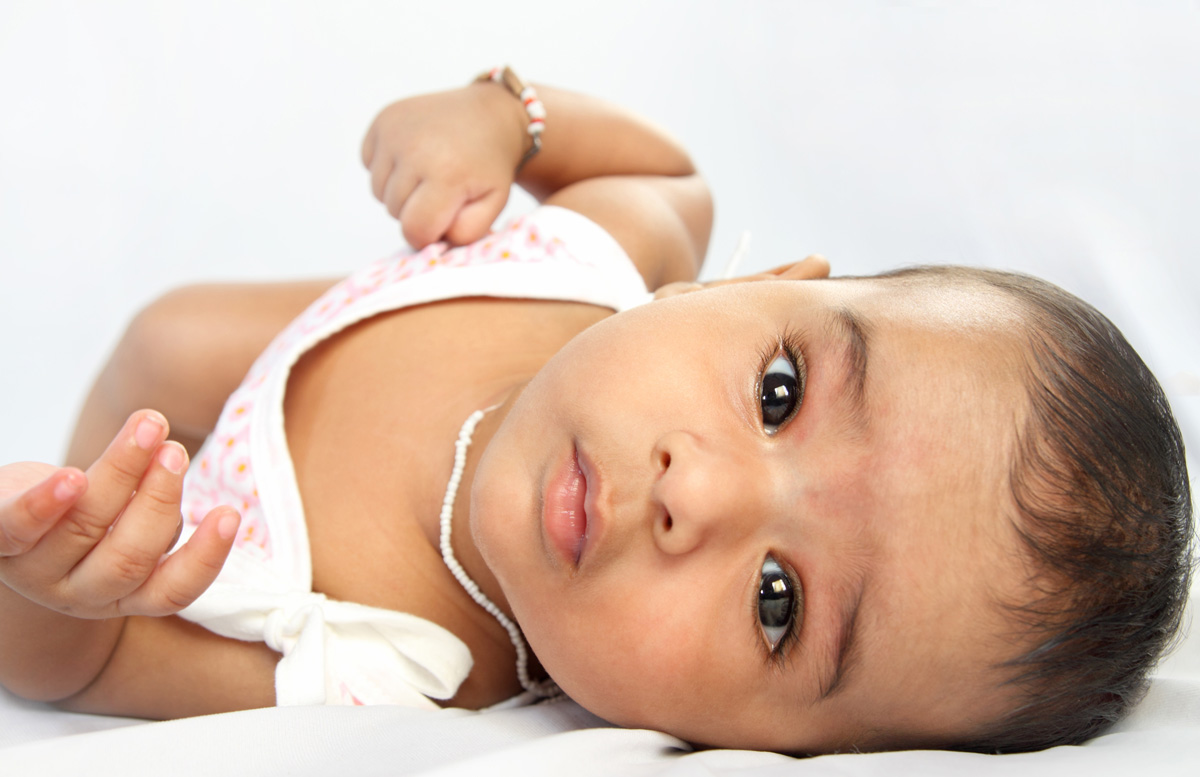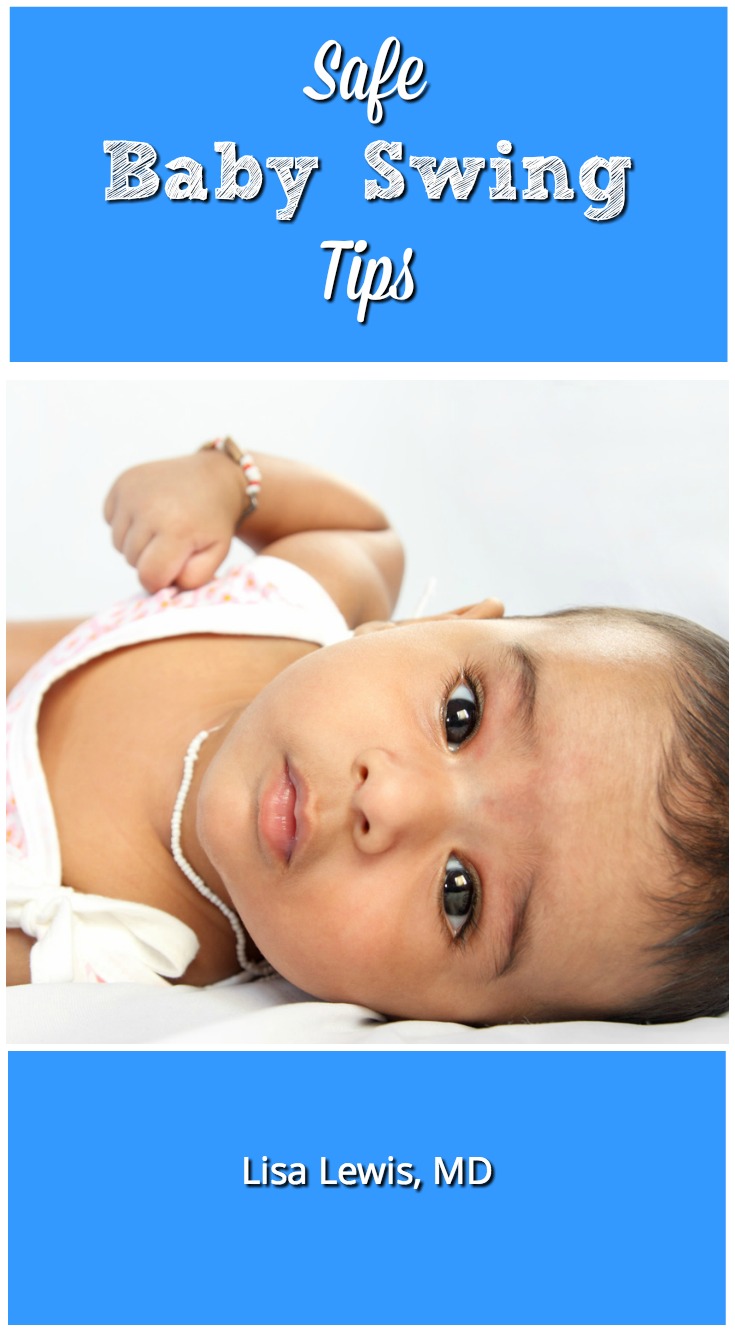Purchasing a Baby Swing? Here’s Guidance.
Should your little one have a baby swing? Parents who have babies with fussiness or colic often find swings to be useful in calming their little one. Swings also help with balance and are fun!

New babies tend to enjoy baby swings early. Babies are used to quite a bit of motion in the womb, and when they hit the outside world, the rhythmic motion of the swing can be quite soothing. Before you run out and buy one, you may want to try one out in the newborn nursery or borrow one from a friend to see if your baby likes swinging. Most babies do enjoy it, but occasionally a baby will not.
Baby swings are typically used from birth until your baby is sitting up without help. Typically, she will sit on her own at six months and beyond. At this point, you’ll notice that she is outgrowing the swing. She’ll prefer more interactive activities and may not want to swing as much.
Even after the stationary swing is outgrown, fun swinging can continue at a park. Your baby will love the change of environment. You’ll notice her delight when you take her outdoors for this activity.
What should I look for when I buy an infant swing?
The following questions are an excellent starting point to make sure you get the swing you need.
Does the swing have a five-point-harness? A five-point-harness adds more security and prevents the infant from leaning forward while the swing is pulling back, which will lead to the infant falling out.
What is the weight limit (minimum and maximum)? Check to ensure that you’re buying a swing made specifically for babies. As your baby grows, keep in mind the maximum weight limit and age for use. Babies that are too heavy or long for their swing may easily tip over the device. If you don’t have the information provided with your swing, contact the manufacturer to obtain the weight limit information.
Is the swing reasonable to assemble, and does it have a stable frame? Look at the instructions. Your baby swing should be easy enough to assemble. A swing that is not assembled properly is more prone to accidents. Before buying (or borrowing) a swing, physically pick it up and check the stability. Is the frame wide and sturdy? Does the swing look like it could topple easily?
Does the swing appear comfortable? Remember, your baby will be sitting in the swing. The swing should be adjustable so she can recline for maximum comfort. Most manufacturers have taken this into account, but it doesn’t hurt to check.
Is the swing easy to clean? The seat cover should be washable and removable. Look at the material and imagine a baby spitting up or having a leaky diaper. If the swing can be easily wiped and cleaned, you’ll be able to enjoy it more, and use it longer.
Does the swing have a plug? If the baby swing you are considering uses batteries only, changing batteries can get tedious and expensive. In the long run, it might be cheaper to consider rechargeable batteries, or to buy a baby swing that plugs into an outlet.
Does your swing have a sun visor or shade? This is an optional feature, but it can be helpful if you plan to take your baby outdoors to enjoy the fresh air. Babies sunburn easily, and a sun visor or shade will help prevent this.
Does your swing meet CPSC standards? If you are inheriting a baby swing or buying a used one, be sure it hasn’t been recalled and that it meets proper safety standards. The United States Consumer Product Safety Commission (CPSC) checks for safety standards and recalls, and it can be accessed online at www.cpsc.gov.
Instructions for Use
When you use your swing the first time, start on the lowest speed. See how your baby reacts. Some babies enjoy a low speed, and other babies enjoy a faster swinging motion. If she seems content and happy at a lower speed, keep her there. If not, try the next speed.
Don’t leave your baby unattended in a swing. Keep her in an area where you can see her easily. Ensure that she has good ventilation around her face. Don’t wrap her in blankets while she is in the swing. Blankets can be kicked on the face, causing inadequate ventilation.
A swing should be used only for short periods of time. While your baby is awake, the baby swing is quite entertaining! This can be a great help for a parent who has tasks to complete (don't we all?) But don’t use the swing for more than one hour per day. Once she is asleep, slow the swing down, turn it off, and move her to her sleep area.
Add brain-stimulating items, such as bright objects and toys. Adding exciting objects helps keep your baby entertained while you are busy. Light up toys are great for entertainment but not for soothing. Buying extra toys is not necessary and can get rather expensive. Anything your baby can view is helpful for brain stimulation and eye development. The baby eye muscles have to learn to focus by giving your child visual input. While your baby is swinging, place her in front of you while you are doing tasks, a fish in a bowl, or a large clock with a moving hand. Just remember—she likes to look at almost anything. Her brain is figuring out the world!
Don’t put any toys that dangle in front of her while she is swinging. These can be a strangulation or choking hazard. If you attach items, she should not be able to reach them. Place the swing on a slower setting so she can see the items you have displayed for her enjoyment. Don’t add so many viewing toys or items that she gets frustrated or over-stimulated. Use a maximum of three toys or items to view. Even when you’re busy, always keep a watchful eye to ensure your baby is in a comfortable, safe position in her swing.
Plug in the music! Playing music while your child plays is a great, easy way to add some tunes. A classical music DVD or extended playlist will play much longer than a toy!
Don’t use an infant swing in a fully upright position. Breathing problems may occur if your baby slumps over. If her head tilts forward, it could cause the neck to constrict her airway. Younger babies should be in a reclined position until four months of age or until they’re able to hold up their heads without assistance.
If your baby is sick, don’t place her in the swing. When a baby is sick, she needs to be observed more closely for symptoms. Besides, she won’t enjoy her swing as much when she is ill.
A baby swing is not just for swinging. A stationary swing (in a stopped position) can be a protected resting place for your baby. She can simply sit and view the world. Just as you do with a moving swing, you can place toys or bright objects in her view to stimulate her brain and help her eye muscles develop. In addition, some babies who spit up a lot need more of an inclined angle for resting. For this condition, it may be helpful to place your baby in a stationary swing after feeding. Lying at an angle (instead of flat) helps combat gravity and decreases the spitting up.
Choosing a baby swing:
- Five-point harness
- Check weight limit
- Made specifically for babies
- Easy to assemble with stable frame
- Appears comfortable
- Ability to recline for comfort
- Easy to clean
- Plugs into the wall
- Meets CPSC standards
- Washable, removable seat cover
- Optional: if you plan to use the swing outside, look for one with a sun visor or shade

